Introduction
Tea eggs, a beloved snack in Taiwanese and Chinese cuisine, are a testament to the art of infusing everyday ingredients with profound flavor. These marbled treasures, boasting a delicate balance of savory, aromatic, and subtly sweet notes, are as visually striking as they are delicious. Originating from street food stalls and family kitchens, tea eggs have become a symbol of comfort and culinary tradition. This guide demystifies the process, offering a step-by-step recipe tailored for home cooks seeking to recreate this timeless dish with minimal effort and maximum reward. Whether you’re a novice in the kitchen or a seasoned food enthusiast, this recipe promises consistency, adaptability, and a deep dive into the cultural tapestry of tea eggs.
The Essence of Tea Eggs
Tea eggs, or chá yè dàn (茶叶蛋) in Mandarin, are hard-boiled eggs steeped in a fragrant broth of tea, soy sauce, spices, and aromatics. The eggshells are gently cracked before simmering, allowing the flavorful liquid to seep into the whites, creating a lace-like pattern. The result? A protein-rich snack with a mosaic of flavors and textures. While commonly enjoyed as a street food or breakfast item, tea eggs also hold a special place in celebrations, family gatherings, and as a portable snack for long journeys.
Ingredients: Building Blocks of Flavor
To embark on this culinary adventure, gather the following ingredients. Each component plays a pivotal role in crafting the eggs’ signature taste:
- Eggs (6–8 large): Freshness is key; older eggs peel more easily.
- Black tea leaves (2 tablespoons): Opt for robust varieties like Lapsang Souchong or English Breakfast. Avoid delicate teas like green tea, which may impart bitterness.
- Soy sauce (¼ cup): Use dark soy sauce for depth, or a mix of light and dark for balance.
- Spices:
- Star anise (2–3 pods)
- Cinnamon stick (1-inch piece)
- Sichuan peppercorns (1 teaspoon)
- Cloves (2–3, optional)
- Sweetener: Rock sugar (1 tablespoon) or brown sugar.
- Salt (1 teaspoon): Adjust to taste.
- Water (4 cups): Enough to submerge the eggs.
Optional Enhancements:
- Dark soy sauce: For a richer color.
- Dried orange peel: A citrusy twist.
- Chili flakes: For a hint of heat.
- Five-spice powder: A shortcut for complex flavor.
Step-by-Step Instructions: From Stove to Satisfaction
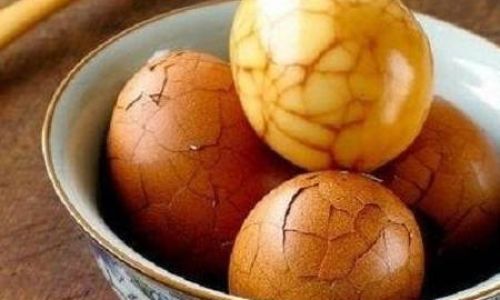
Boiling the Eggs
Begin by placing the eggs in a medium pot. Cover them with cold water, ensuring 1 inch of water above the eggs. Bring to a rolling boil over high heat, then reduce to a simmer. Cook for 8–10 minutes for fully set yolks. Immediately transfer the eggs to an ice bath to halt cooking. This step ensures easy peeling and a tender yolk.
Cracking the Shells
Gently tap each egg with the back of a spoon or roll it on a hard surface to create a network of fine cracks. The goal is to fracture the shell without removing it. This allows the marinade to penetrate the whites while keeping the egg intact.
Preparing the Marinade
In the same pot, combine 4 cups of water, soy sauce, tea leaves, spices, sugar, and salt. Bring to a simmer over medium heat, stirring occasionally to dissolve the sugar. The aroma of spices and tea will fill your kitchen—a promising sign of things to come.
Simmering and Steeping
Return the cracked eggs to the pot, ensuring they’re fully submerged. Simmer gently for 40–60 minutes, allowing the flavors to meld. For deeper infusion, turn off the heat and let the eggs steep in the marinade for at least 4 hours, or ideally overnight, in the refrigerator. The longer they steep, the richer the taste and more pronounced the marbling.
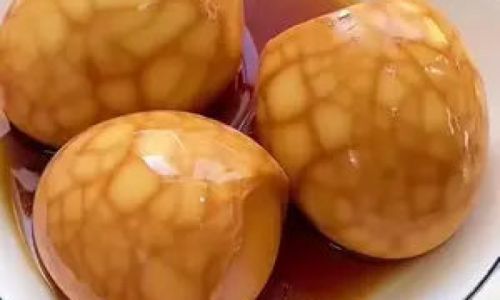
Serving and Storing
Once steeped, the eggs are ready to enjoy. Serve warm or at room temperature, peeled or with the shell cracked for a rustic presentation. Store leftovers in an airtight container with the marinade for up to 4 days.
Tips for Perfect Tea Eggs
- Shell Cracking Technique: Avoid aggressive tapping, which may expose the egg white. Aim for a web-like pattern to ensure even flavor absorption.
- Spice Adjustments: Tailor the spices to your preference. Add a star anise pod for licorice notes or extra Sichuan peppercorns for a tingly finish.
- Tea Selection: Experiment with smoked teas for a campfire-like depth or floral oolongs for a lighter profile.
- Egg Freshness: Older eggs (7–10 days old) peel more effortlessly due to larger air pockets.
- Simmering Time: Low and slow simmering prevents tough whites. Avoid boiling, which can rupture the shells.
Creative Variations
- Spicy Tea Eggs: Add 1–2 dried red chilies or a dash of chili oil to the marinade.
- Sweet and Savory Blend: Incorporate a slice of fresh ginger or a star anise pod for warmth.
- Vegetarian Option: Substitute soy sauce with tamari or coconut aminos for a gluten-free twist.
- Herb-Infused: Toss in a bay leaf or sprig of fresh thyme for herbal undertones.
Cultural Significance and Pairing Ideas
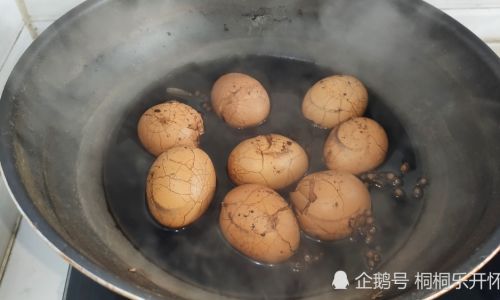
Tea eggs are more than a snack—they’re a cultural icon. In Taiwan, they’re a staple at night markets, often served with braised tofu or sticky rice. In China, they’re a breakfast favorite, paired with congee or youtiao (fried dough sticks). At home, they shine as:
- Bento Box Additions: Slice into quarters and tuck into lunchboxes.
- Appetizer Plates: Pair with pickled vegetables or roasted peanuts.
- Protein Boost: Chop and toss into fried rice or noodle dishes.
Troubleshooting Common Issues
- Pale Marbling: Ensure the eggs are fully submerged during steeping. Add a splash of dark soy sauce for color.
- Overly Salty Flavor: Reduce soy sauce by 1–2 tablespoons next time, or balance with extra water.
- Tough Whites: Avoid prolonged boiling; simmer gently instead.
The Joy of Patience
Tea eggs reward the cook’s patience. While the initial steps take little time, the magic happens during steeping. This hands-off period allows the eggs to transform, melding tea’s astringency, soy’s umami, and spices’ warmth into a symphony of flavors. Resist the urge to rush the process—the wait is worth it.
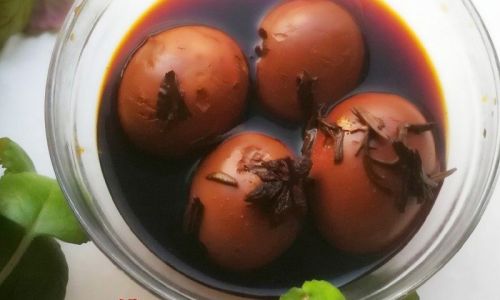
Conclusion: A Taste of Tradition, Made Simple
Crafting tea eggs at home is an act of culinary alchemy, turning humble ingredients into a dish that delights the senses and bridges generations. With this recipe, you’re not merely cooking—you’re preserving a tradition that has nourished families for centuries. Whether enjoyed as a midnight snack, a picnic companion, or a heartfelt gift, these tea eggs are a testament to the beauty of simplicity. So, gather your ingredients, embrace the rhythm of simmer and steep, and savor the satisfaction of creating a timeless classic in your own kitchen.
Final Thought: Share your tea eggs with loved ones, and watch as this humble snack becomes a cherished memory—one crack at a time.
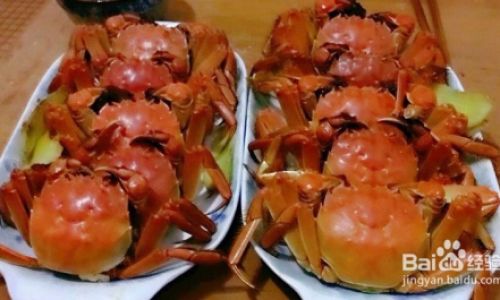


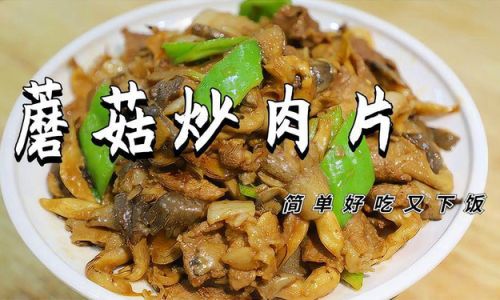
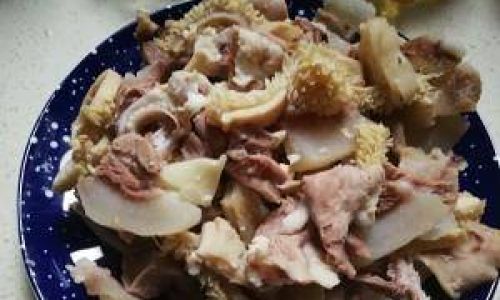
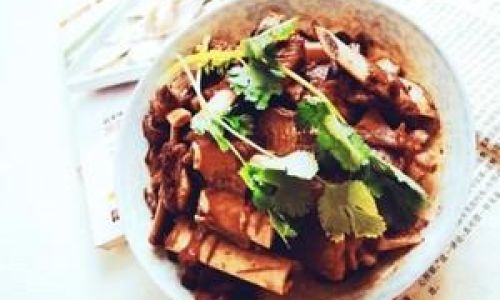
0 comments